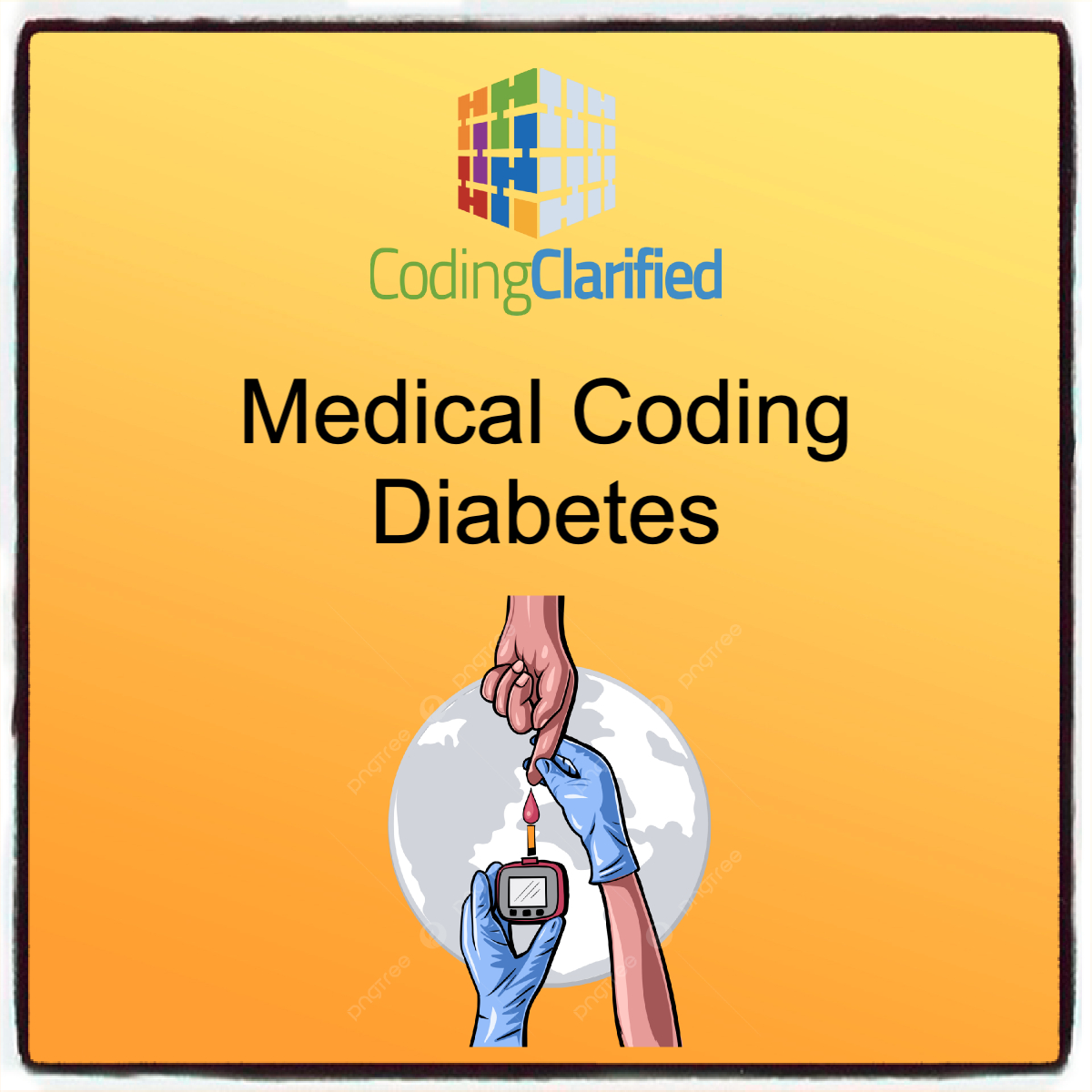Guidelines for Coding and Billing Diabetes
Diabetes mellitus is a complex condition that requires careful documentation and coding to ensure proper billing and reimbursement. Accurate coding not only reflects the patient’s condition but also ensures compliance with regulatory standards. Here’s an overview of the key guidelines for coding and billing diabetes.
Understand Diabetes Classification
Diabetes is generally classified into two main types:
- Type 1 Diabetes: An autoimmune condition where the pancreas produces little to no insulin.
- Type 2 Diabetes: A metabolic disorder characterized by insulin resistance and relative insulin deficiency.
Additionally, there are other specific types of diabetes, including gestational diabetes and secondary diabetes due to other medical conditions.
Controlled or Uncontrolled
In medical coding,”controlled” diabetes is typically indicated by a diagnosis code with a decimal point followed by a “9” (e.g., E11.9 for well-controlled type 2 diabetes), while “uncontrolled” diabetes would use a different code depending on the specific complications or high blood sugar levels present, usually with a number lower than 9 after the decimal point.
-
ICD-10 coding system:
The International Classification of Diseases, 10th Revision (ICD-10) is used to code diabetes, where the decimal point indicates the level of control.
-
“9” signifies control:
A code ending in “9” generally means the diabetes is considered well-controlled.
-
Complications indicate lack of control:
If a patient has complications related to diabetes, the code will reflect a lower number after the decimal point, signifying uncontrolled diabetes.
- E11.9: Type 2 diabetes without complications, well-controlled
- E11.65: Type 2 diabetes with hyperglycemia (uncontrolle
Use the Correct ICD-10 Codes
The ICD-10 coding system includes specific codes for different types of diabetes and its complications.
- E10: Type 1 diabetes mellitus
- E11: Type 2 diabetes mellitus
- E13: Other specified diabetes mellitus
- E08: Diabetes mellitus due to underlying conditions (e.g., pancreatitis)
It’s crucial to specify whether the diabetes is uncontrolled, controlled, or in remission. Documentation must support the selected code, as this affects reimbursement and the patient’s care plan.
Document Complications
Diabetes can lead to several complications, and it’s essential to document any associated conditions accurately. Common complications include:
- Diabetic neuropathy E13.40
- Diabetic retinopathy E10.31
- Diabetic nephropathy E09.21
- Peripheral vascular disease I73.9
Each complication has specific ICD-10 codes that must be used in conjunction with the diabetes diagnosis code (e.g., E11.9 for Type 2 diabetes without complications, plus additional codes for any complications).
Modifiers and Additional Codes
When billing, you may need to use modifiers to provide additional context for the services rendered. For example, if a patient receives a comprehensive metabolic panel to assess diabetes management, you would ensure that the billing reflects this appropriately with the correct modifiers. https://codingclarified.com/cpt-medical-modifiers/
Follow Payer-Specific Guidelines
Different payers may have specific guidelines regarding documentation and billing for diabetes care. Always verify the requirements for each payer, including:
- Documentation of medical necessity
- Specific coding requirements
- Submission of prior authorization requests if needed
Use CPT Codes for Services
CPT codes should be used for the services provided during diabetes management. These may include:
- Evaluation and management (E/M) services
- Diabetes self-management training (DSMT)
- Continuous glucose monitoring (CGM) services
Ensure that the CPT codes are aligned with the ICD-10 codes to maintain compliance and optimize reimbursement.
Educate Staff on Diabetes Coding
Training your coding and billing staff on the specifics of diabetes coding is essential. Regular education sessions can help keep everyone updated on coding changes, documentation requirements, and best practices for diabetes care.
Implement a Quality Assurance Program
Establishing a quality assurance program can help monitor coding accuracy and compliance. Regular audits can identify areas for improvement, reduce errors, and enhance overall coding practices.
Accurate coding and billing for diabetes is essential for effective patient care and proper reimbursement. By following these guidelines, healthcare providers can ensure they meet regulatory requirements and provide comprehensive care to patients with diabetes. Continuous education and awareness of coding updates will further enhance the efficiency of diabetes management in clinical practice.

